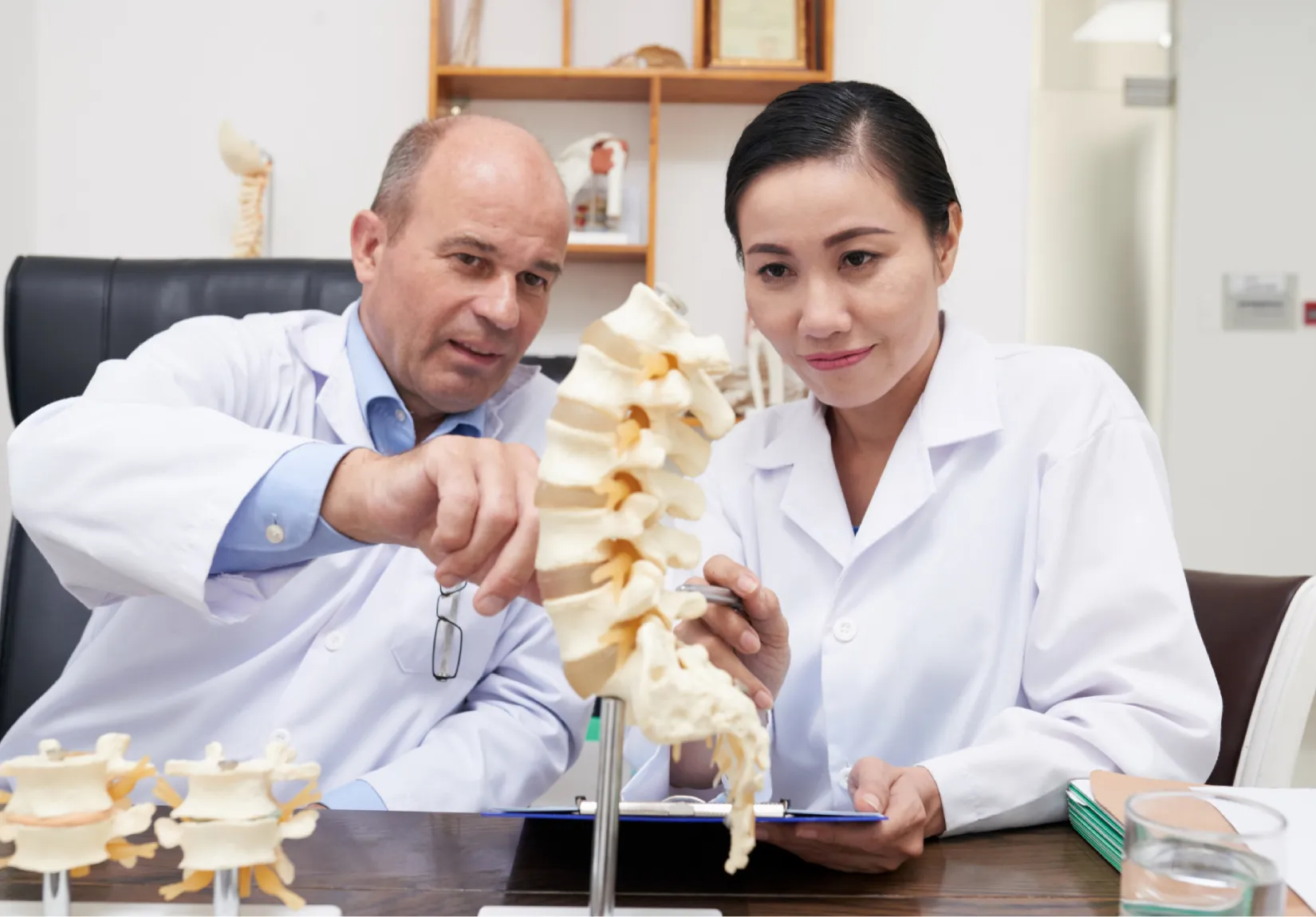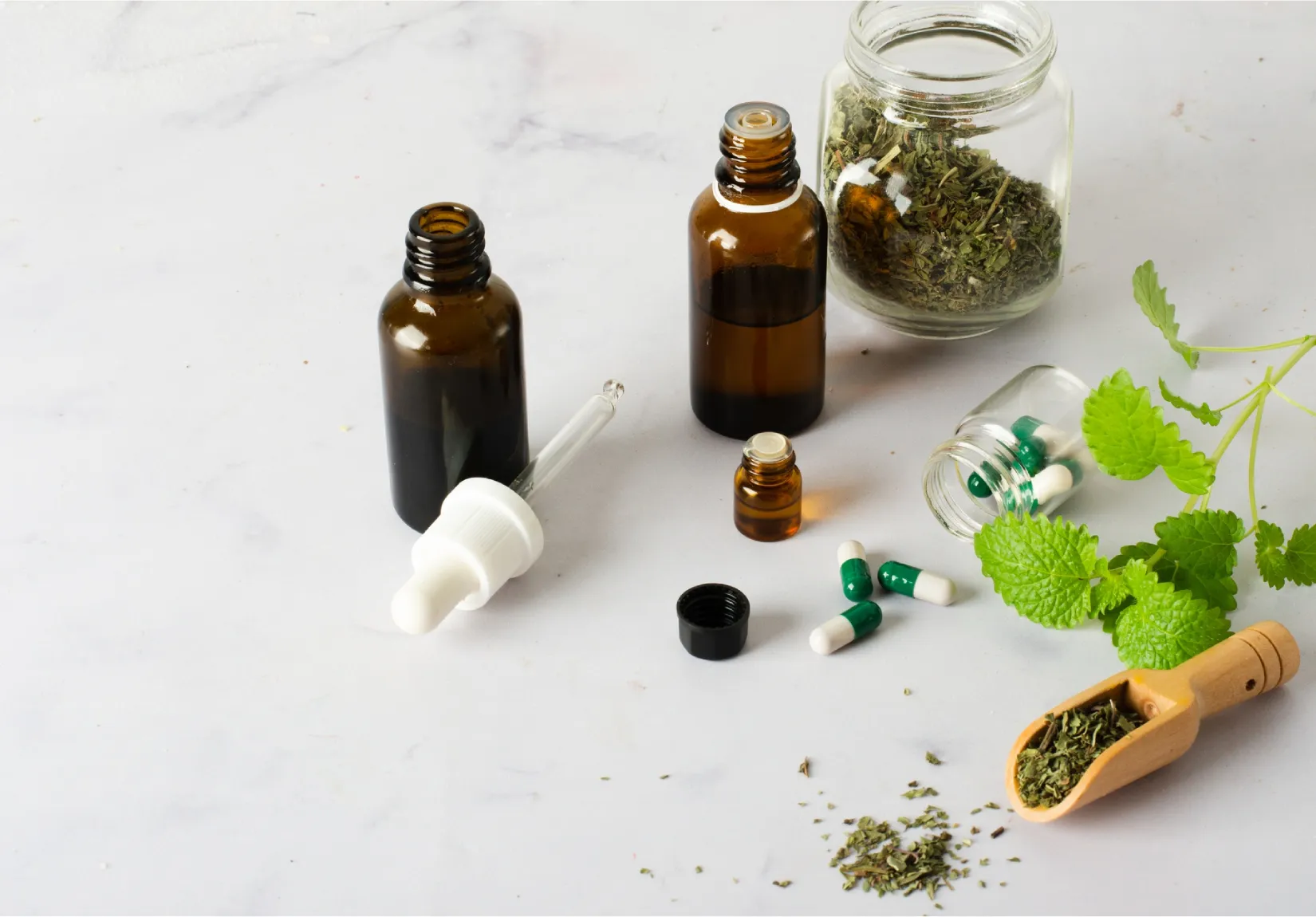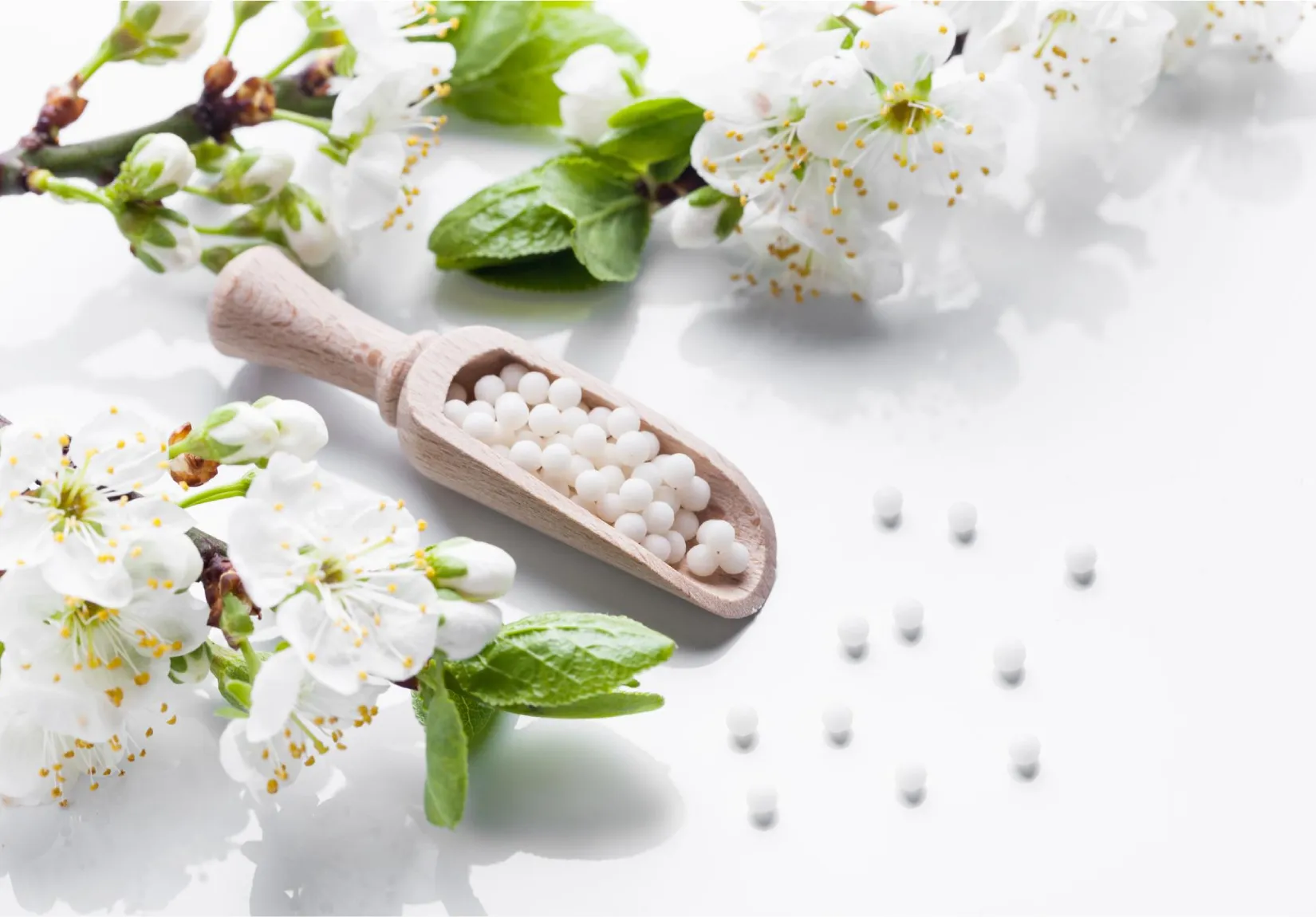Lower back pain is one of the most common ailments, affecting millions of people around the world. Whether caused by poor posture, injury, muscle strain, or underlying medical conditions, lower back pain can significantly hinder daily activities and reduce quality of life. Fortunately, physiotherapy offers effective treatments that can help alleviate pain, restore movement, and prevent future issues.
In this guide, we’ll walk you through a step-by-step approach to managing lower back pain with physiotherapy. By addressing the root cause of the discomfort, physiotherapy can provide long-term relief and help you regain full function.
Step 1: Initial Assessment And Diagnosis
Before beginning any treatment, it’s crucial to understand the cause of your lower back pain. A physiotherapist will conduct a thorough assessment, which typically includes:
- Medical History: Discussing previous injuries, medical conditions, or lifestyle factors that may contribute to the pain.
- Physical Examination: The therapist will check for muscle tightness, imbalances, joint dysfunction, or postural problems.
- Movement Tests: These tests help assess flexibility, strength, and range of motion. This will help identify the specific area causing the pain.
Accurate diagnosis is essential, as it allows the physiotherapist to create a targeted treatment plan tailored to your unique condition.
Step 2: Pain Management
In the early stages of lower back pain, the primary focus is on managing and reducing pain. Physiotherapists utilize various methods to help ease discomfort, including:
- Heat and Cold Therapy: Applying heat or ice to the lower back can reduce inflammation and relieve muscle tension. Cold therapy helps numb the area, while heat improves blood circulation and relaxes the muscles.
- Electrical Stimulation: Transcutaneous electrical nerve stimulation (TENS) is commonly used to alleviate pain by sending low electrical impulses to the affected area. This can block pain signals and reduce muscle spasms.
- Manual Therapy: Gentle hands-on techniques, such as mobilizations and manipulations, can help reduce stiffness and pain in the joints and muscles.
These treatments provide temporary relief while allowing the body to heal naturally.
Step 3: Restoring Movement And Flexibility
Once the pain is under control, the next step in physiotherapy is to restore movement and flexibility in the lower back. This is done through targeted exercises designed to:
- Stretch Tight Muscles: Tight muscles, especially in the hamstrings, hip flexors, and lower back, can contribute to pain. Stretching exercises can improve flexibility and reduce muscle tension.
- Improve Range of Motion: Physiotherapists guide you through exercises that improve the mobility of your spine and joints, helping to restore normal movement patterns.
- Strengthen Core Muscles: Weak core muscles can place additional strain on the lower back. Strengthening the muscles of the abdomen, pelvis, and lower back helps provide better support for the spine and prevent future injury.
These exercises are usually performed under the supervision of a physiotherapist to ensure correct form and prevent further strain.
Step 4: Postural Correction
Poor posture is a major contributor to lower back pain. Slouching or sitting with improper alignment can put unnecessary pressure on the spine and surrounding muscles. A physiotherapist will teach you how to:
- Maintain Proper Sitting Posture: Using ergonomic chairs and sitting with a neutral spine position can reduce strain on the lower back.
- Correct Standing Posture: Proper posture while standing involves keeping the shoulders back, the pelvis neutral, and the weight evenly distributed on both feet.
- Correct Lifting Techniques: Improper lifting techniques, such as bending from the waist, can aggravate lower back pain. Physiotherapists teach safe lifting techniques that protect the spine by using the legs instead of the back.
Making these postural changes throughout the day can significantly reduce stress on the lower back and prevent pain from returning.
Step 5: Lifestyle Modifications And Prevention
Preventing lower back pain from reoccurring is a critical part of the rehabilitation process. Your physiotherapist will guide you through lifestyle modifications that can help keep your back healthy, such as:
- Regular Exercise: Maintaining an active lifestyle with regular exercises that focus on strength, flexibility, and endurance helps keep the muscles around the spine strong and flexible.
- Weight Management: Carrying excess weight can increase pressure on the lower back. Maintaining a healthy weight through a balanced diet and regular physical activity can reduce strain on the spine.
- Ergonomic Adjustments: Ensuring that your workspace is ergonomically friendly—whether at a desk, in a car, or while sleeping—can prevent future episodes of lower back pain.
- Mindful Movement: Incorporating movements like yoga or Pilates into your routine can improve flexibility, strengthen muscles, and enhance body awareness.
Step 6: Ongoing Maintenance And Monitoring
Even after you’ve successfully managed your lower back pain, ongoing physiotherapy sessions or check-ins are important to ensure that the condition does not return. Your physiotherapist may recommend periodic assessments to monitor your progress and adjust your exercise routine accordingly.
Regular physiotherapy sessions also allow for the identification of any emerging issues, ensuring that you can address them before they develop into more serious problems.
Lower back pain can be debilitating, but with the right physiotherapy treatments, you can alleviate the discomfort and restore function to your back. A step-by-step approach that includes proper assessment, pain management, stretching, strengthening, postural correction, and lifestyle modifications is key to long-lasting relief and preventing recurrence.
If you are suffering from lower back pain, don’t wait for it to get worse. Reach out to The Healing Clinic today to schedule a consultation with our experienced physiotherapists. Let us help you take control of your health and enjoy a pain-free life.



